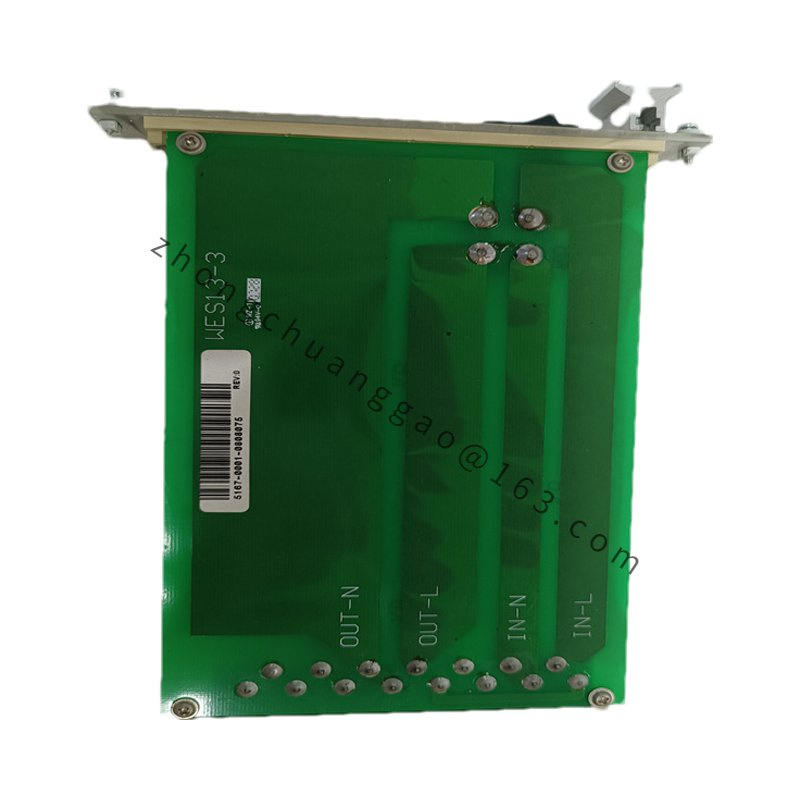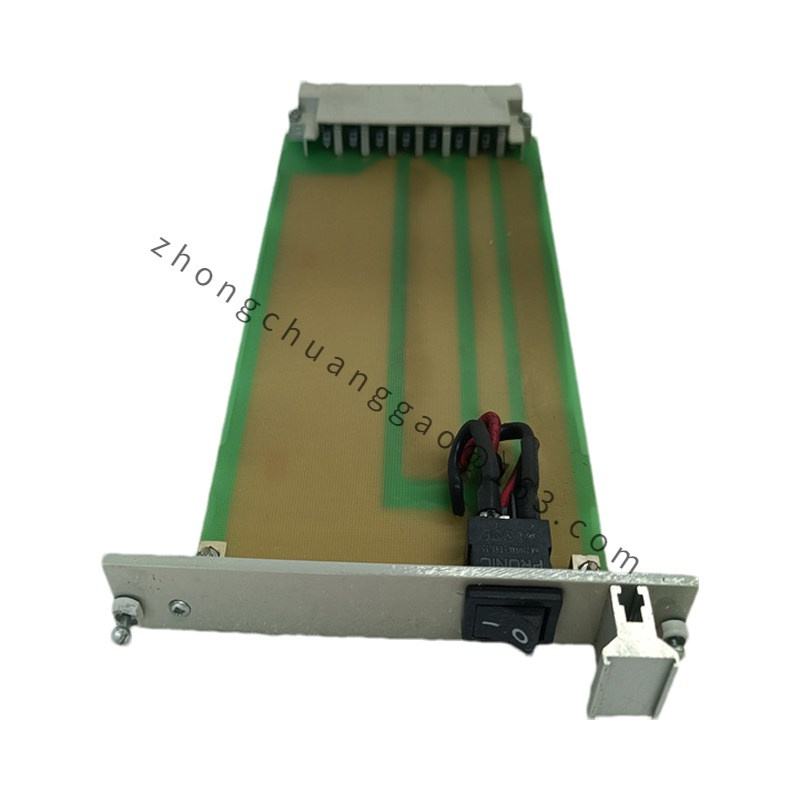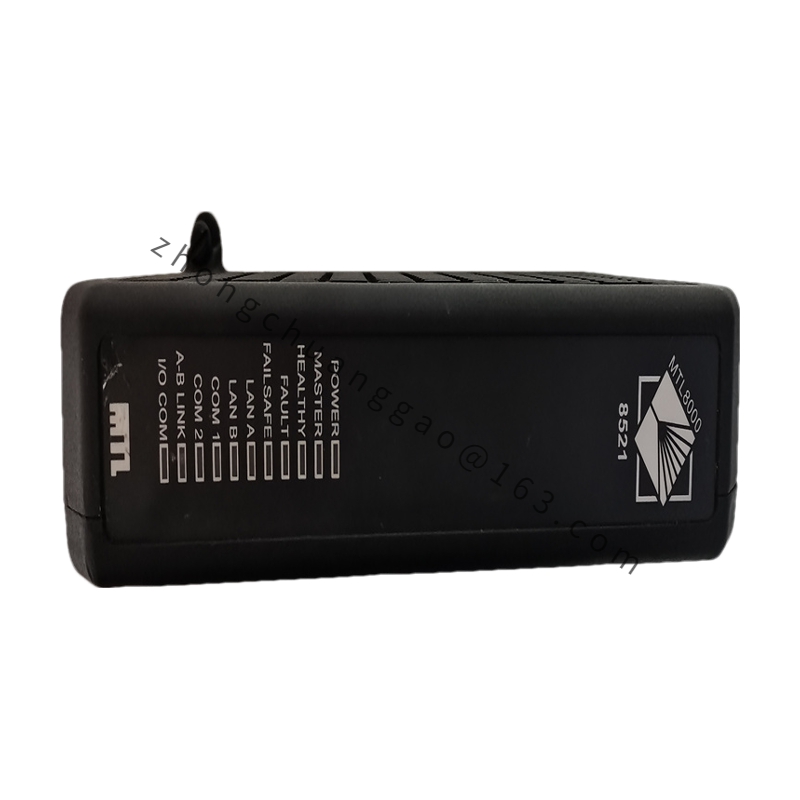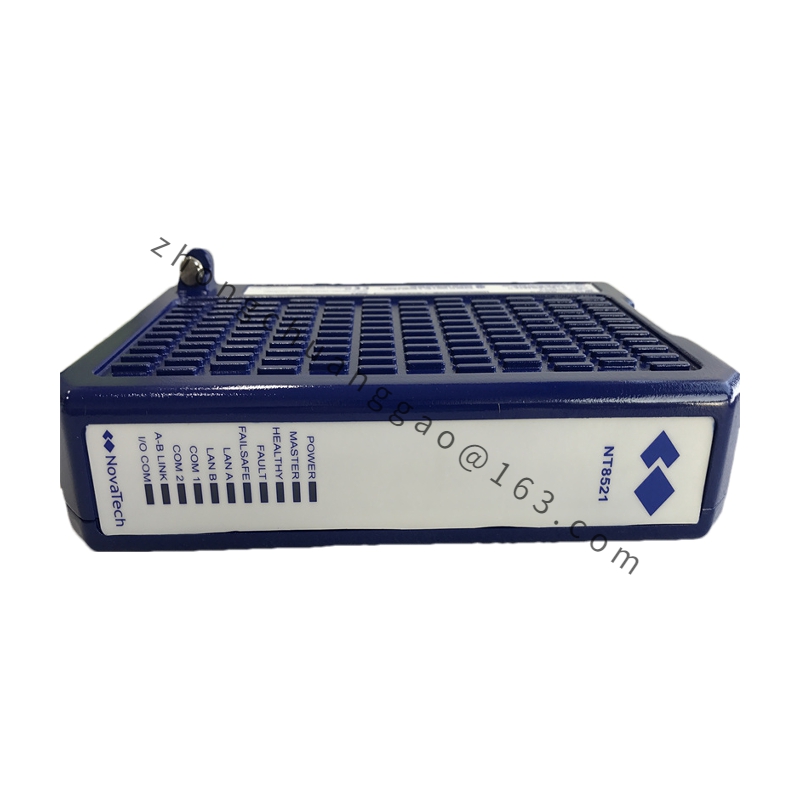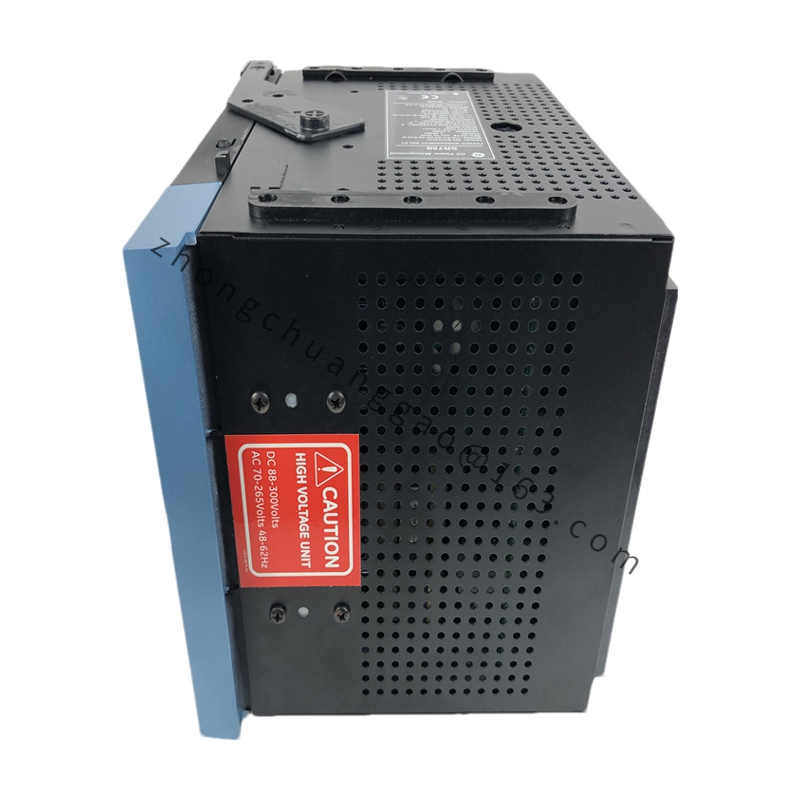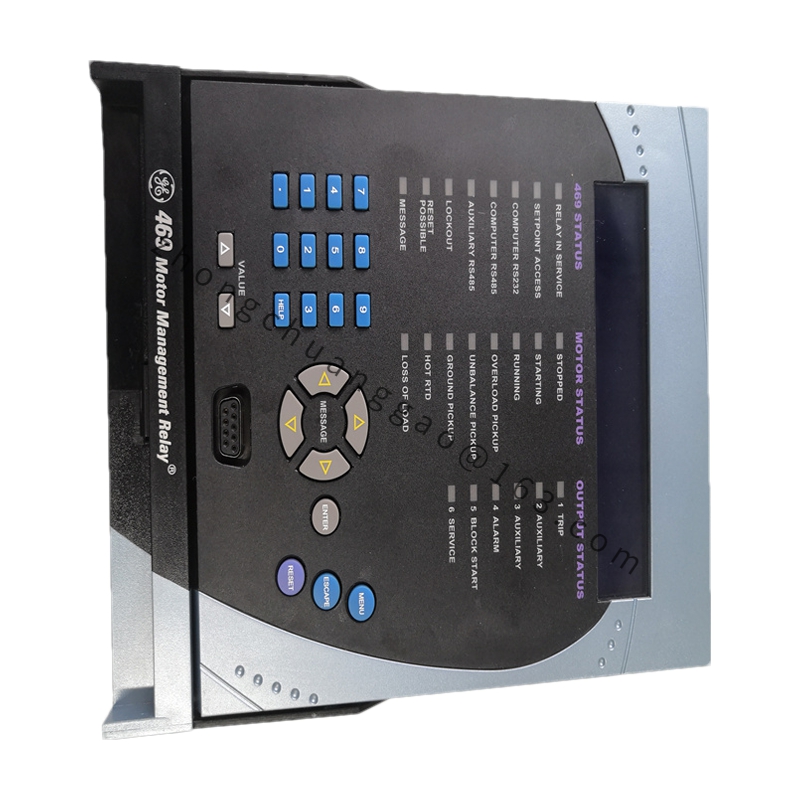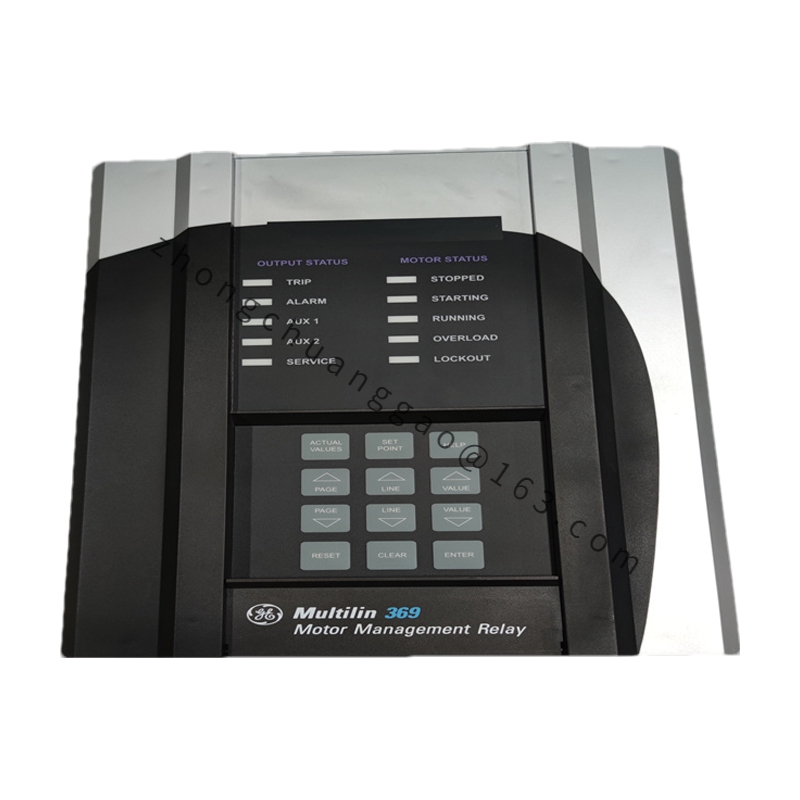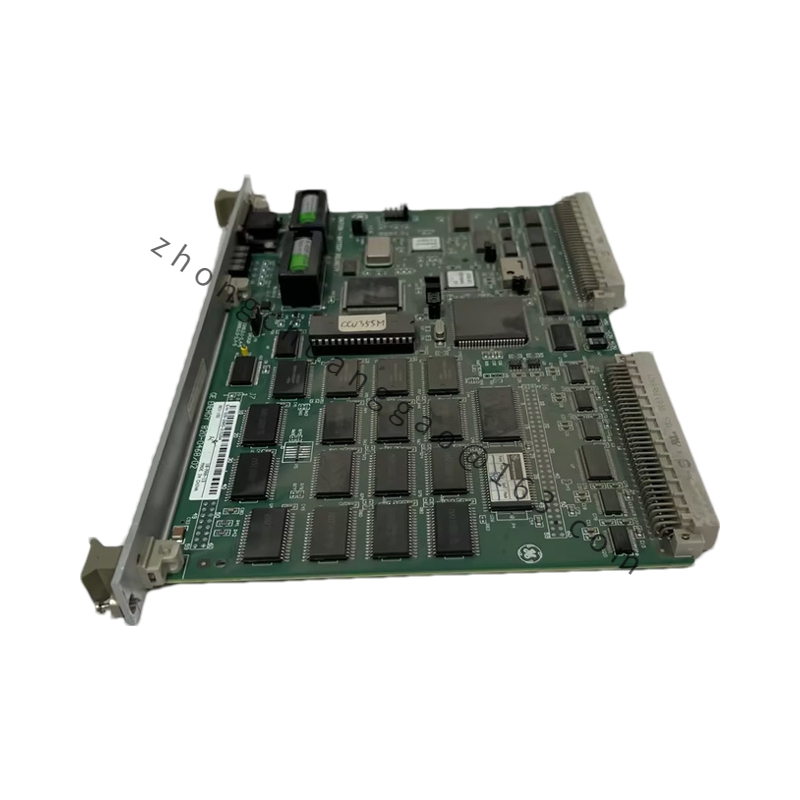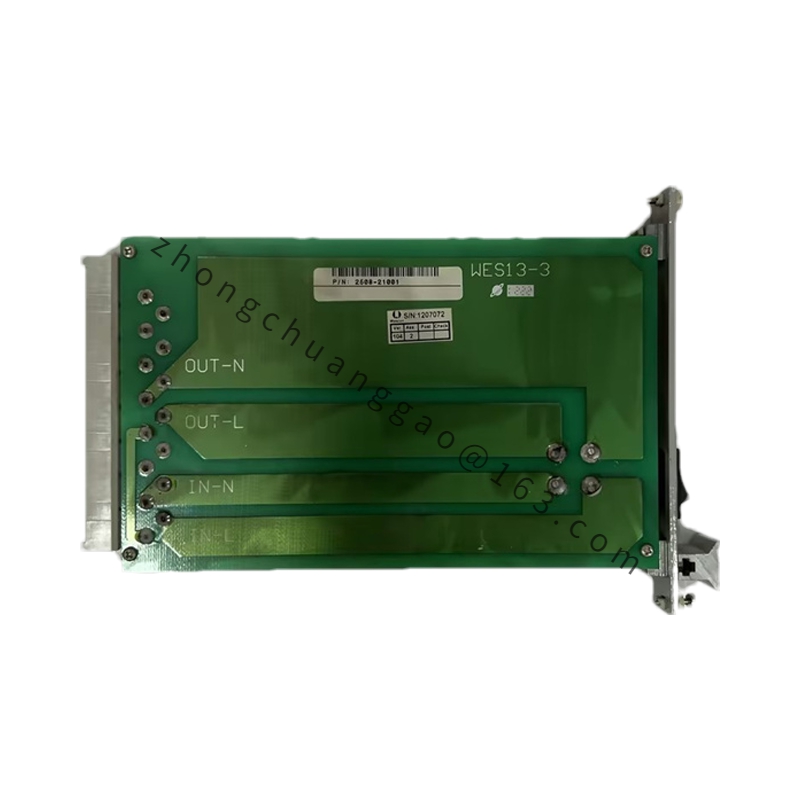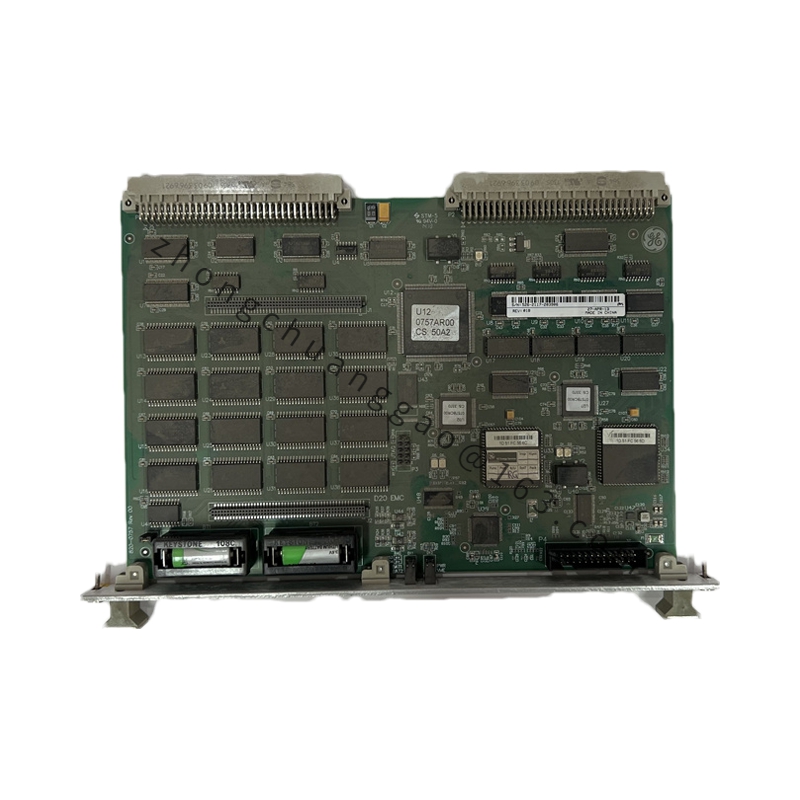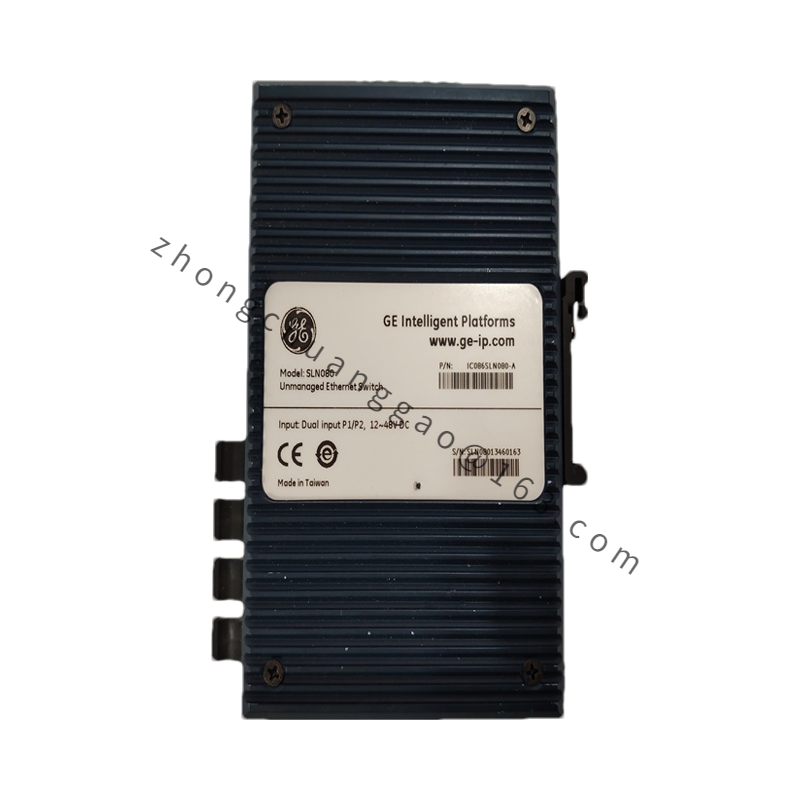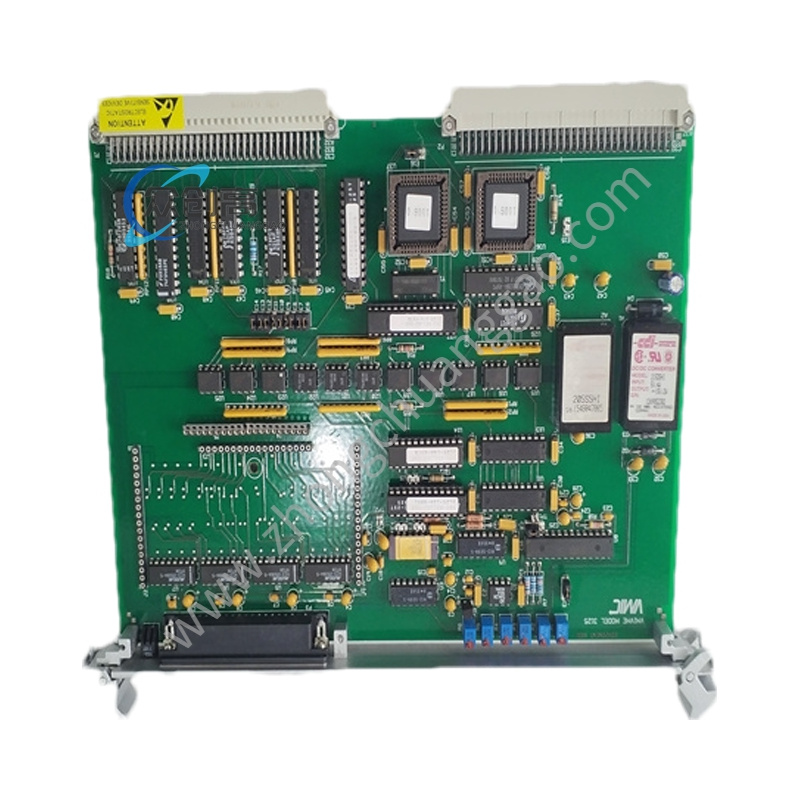Detailed content
Technical Specifications
- Model: WES13-3
- Type: Industrial Relay/Control Module
- Functionality:
- Designed for use in various industrial control and automation applications.
- Typically used for switching or control tasks within a control system.
- Power Requirements:
- Voltage: Operates on standard industrial power supplies. Specific voltage requirements (e.g., 24V DC, 110V AC) should be verified in the module’s datasheet.
- Power Consumption: Detailed power consumption information is usually included in the module’s technical documentation.
- Physical Specifications:
- Form Factor: Usually mounted in industrial control panels or racks.
- Dimensions: Standard dimensions for industrial modules. Exact dimensions are provided in the module’s datasheet or technical specifications.
Features
- Relay Outputs:
- Provides relay outputs for controlling external devices or systems.
- Capable of handling various types of loads and switching operations.
- High Reliability:
- Built to operate reliably in industrial environments.
- Includes features to handle electrical noise and disturbances common in industrial settings.
- Modular Design:
- Designed to integrate easily into existing control systems.
- Modular design allows for flexible system expansion and configuration.
- Communication Interfaces:
- Equipped with interfaces for connecting to control systems and other modules.
- Supports standard communication protocols for efficient integration and data exchange.
- Versatile Control:
- Offers flexibility in control applications, suitable for various industrial tasks.
- Adaptable to different types of switching and control needs.
Applications
- Industrial Automation:
- Used in automation systems to control and switch industrial equipment.
- Ideal for manufacturing, production lines, and process automation.
- Process Control:
- Applied in process control systems to manage switching and control operations.
- Enhances the ability to control and monitor industrial processes.
- Building Automation:
- Integrated into building automation systems for controlling systems such as HVAC, lighting, and security.
- Suitable for both commercial and residential building applications.
- Energy Management:
- Utilized in energy management systems for controlling electrical loads and devices.
- Supports efficient management and distribution of energy resources.
- Remote Control:
- Provides remote control capabilities through relay outputs for various external devices.
- Supports remote monitoring and management of control systems.

